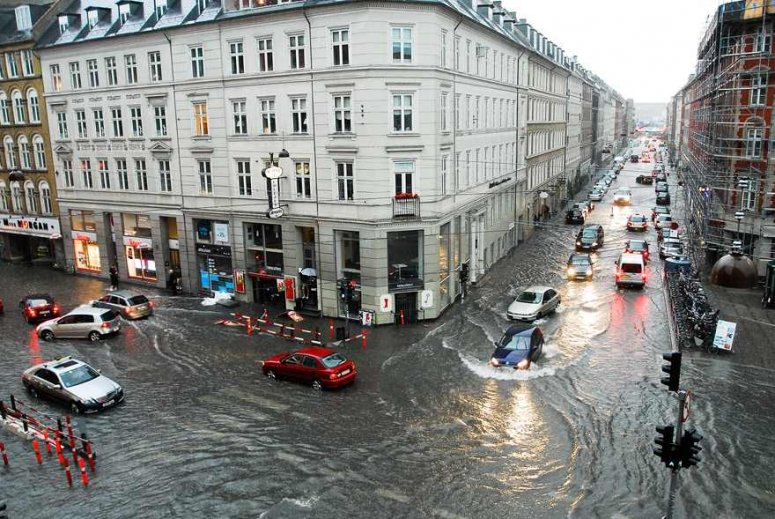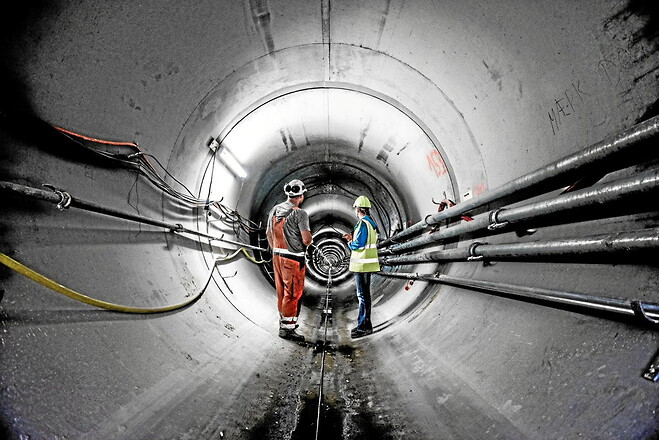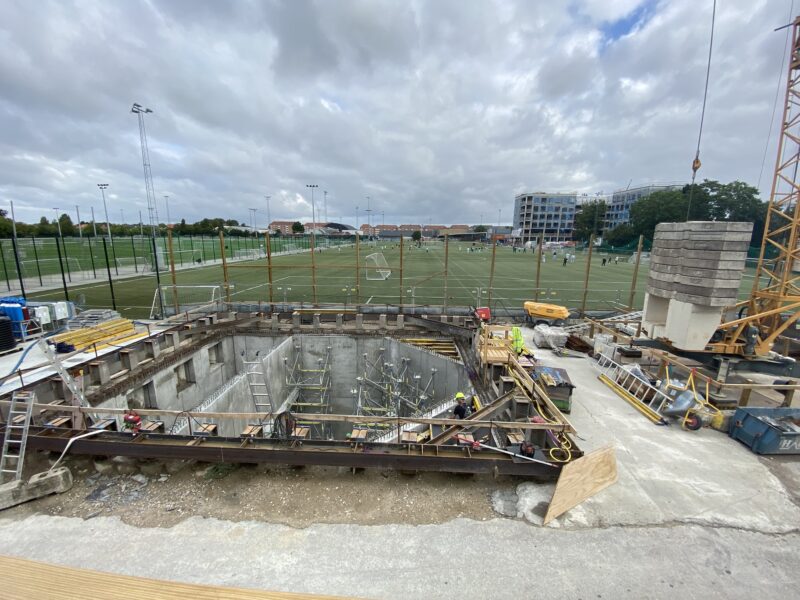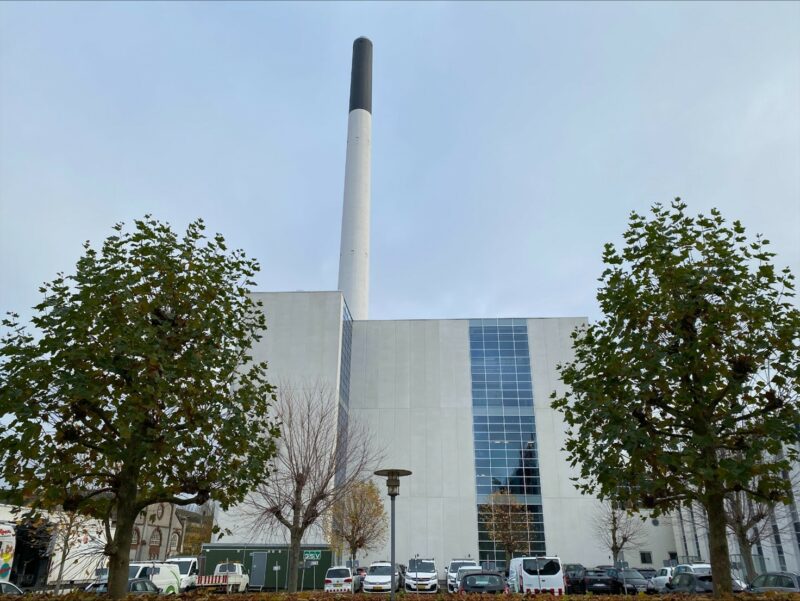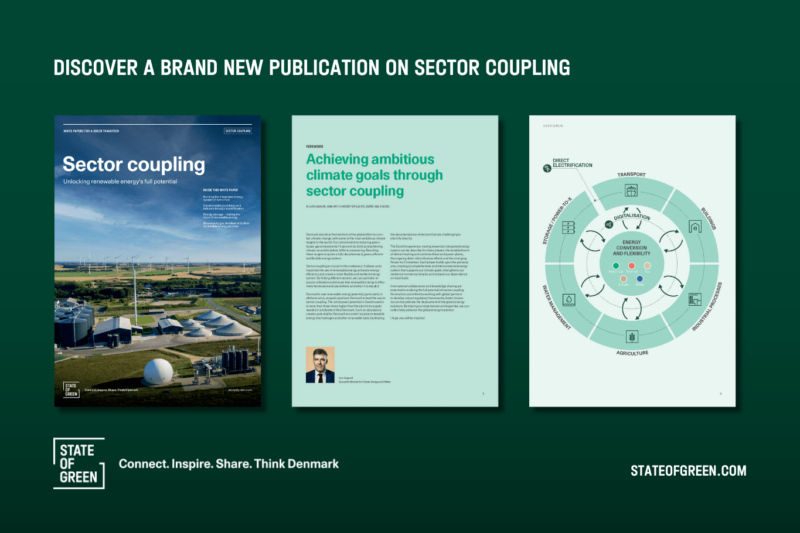News
Flood prevention
Climate change adaptation
Water management
+1
Sound of Green: The cloudburst that changed Copenhagen and urban water management
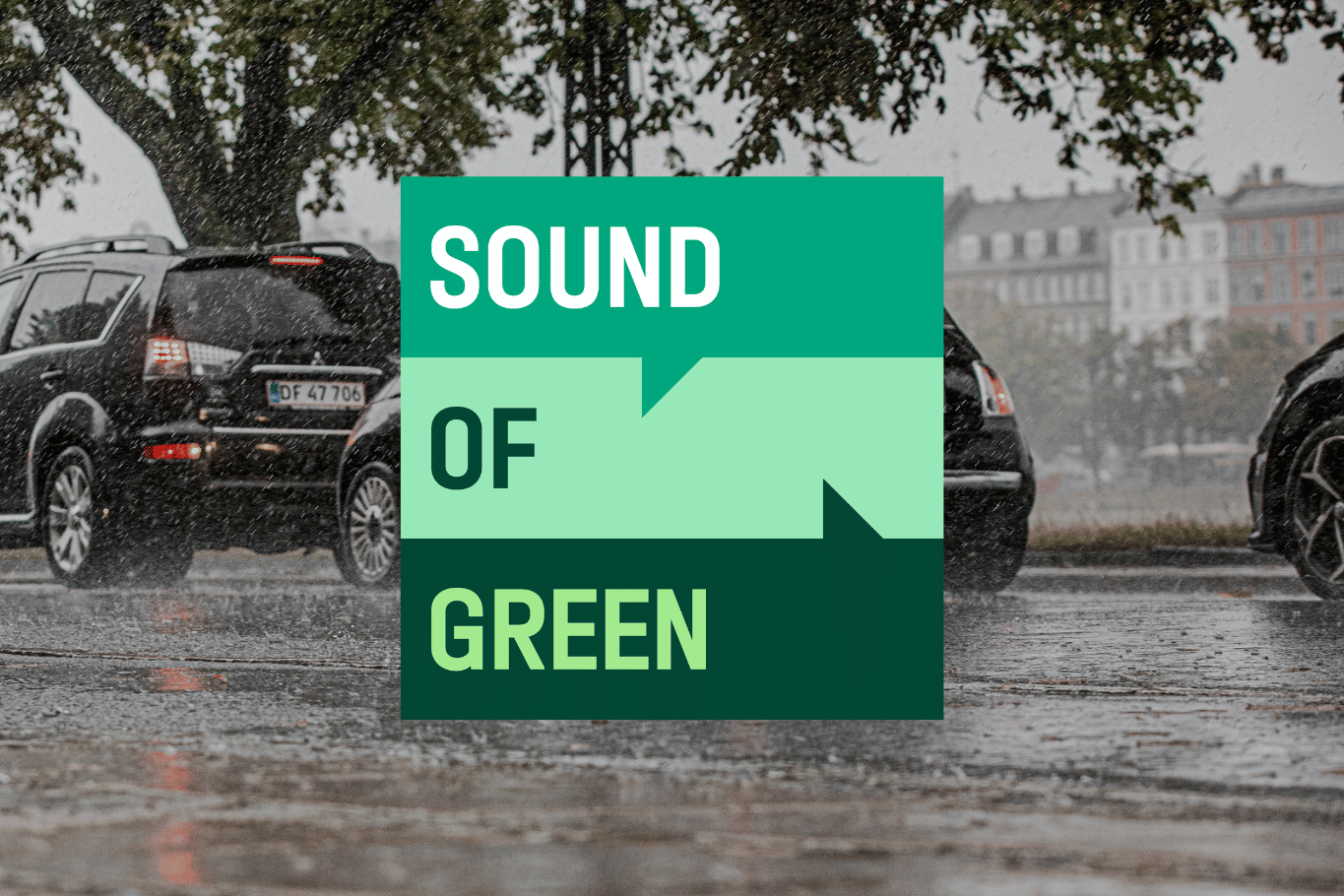

Growing urbanization and climate change create complex risks for our cities, making them hot spots for water crises. From floods in Seoul to water scarcity in Cape Town, cities around the world are faced with the challenge of adapting their water management to more extreme and uncertain climate conditions. And Copenhagen has made important ground on how to do just that.
On the 2nd of July 2011, Copenhagen experienced the very real damage that these extreme weather events can cause first-hand. If you happened to be in Copenhagen that evening, it was clear from looking at the sky that rain was on its way.
“I have spent altogether approximately 10 years in the tropics in Africa and Southeast Asia. And I’ve seen it there and never seen it in Denmark like this before,” Says Jes Clauson-Kaas, chief consultant with the Greater Copenhagen Water Utility called HOFOR.
30 critical minutes
When the rain finally started pouring, water flooded the streets and basements throughout the city, culminating in a 100-year event. During the two hours the cloudburst hit Copenhagen, rainfall was measured at up to 200 mm in the hardest-hit places.
In just 30 minutes, critical infrastructure at the city’s biggest hospital started to flood, and the water was only a few centimetres away from resulting in an evacuation. In the end, the cloudburst resulted in damages amounting to costs of around 1.6 billion euros, making it the most expensive natural disaster in Europe that year. In other words, the water overwhelmed Copenhagen in a way that city authorities weren’t prepared for.
“We had started the process of looking into climate adaptation before the big cloudburst in 2011. So, we had sort of the elements of what kind of climate change impacts would the city actually be facing in the future. And one of them was heavy rain. Our risk assessment showed that that was sort of the most imminent threat for the city, with sea level rise being the next one. But I mean, none of us had anticipated that it would be so soon.”, says Lykke Leonardsen, the Program Director for Resilient and Sustainable City Solutions at the City of Copenhagen.
The cloudburst was a catalyst for change
The cloudburst itself was remarkable, but it was the work that came after to secure Copenhagen in the future that has made the city a global frontrunner in urban water management solutions. And central to that work was creating the cloudburst management plan.
As one of the first cities in the world, Copenhagen developed a comprehensive plan to manage future rainwater. Against the backdrop of the cloudburst in 2011, it was easy to rally around the need for action.
But it wasn’t just the sense of urgency that made the plan possible. Another key factor was the close collaboration between public and private stakeholders. The engineering and consultancy firm Rambøll is primary private partner in the cloudburst management plan. And as they can attest to, this kind of public private collaboration is uniquely Danish:
“In contrast to most projects, we as a private company were very closely involved in the decision-making processes and were developing the solutions alongside the municipality and the utility company. And this is different compared to other countries,” says Ida Marie Knudsen, Senior Climate Adaptation and Urban Water Management specialist at Rambøll.
As part of Rambøll’s contribution to the cloudburst management plan, they developed a framework for stakeholder involvement, a framework that has since been adopted by cities like New York:
“Working with the cloudburst plans, Rambøll took the role of organizing the stakeholders across agencies and sectors and the municipalities. And with the experience of this in Copenhagen, we sort of developed what you’d call a cloudburst formula, which is a scheme that is called smart integrated infrastructure planning. And this methodology provides a sort of clear line of sight from the client, in this case municipality, from their vision to implementation by knowing who to involve and when to involve them,” Ida Marie Knudsen adds.
Public appraisal
Based on this framework, the city of Copenhagen made an intentional and concerted effort to invite relevant stakeholders into a space where they could voice their thoughts. And from politicians to citizens, it paid off, as Lykke Leonardsen explains:
“We have received a lot of praise from our politicians for the process that we made, making sure that they could be invited into our thoughts and considerations along the way so that it wasn’t just, they weren’t just presented for a finished, take it or leave it proposal, but sort of were involved in the development of it. There was also not a lot of controversy in our communication with the public. We had public hearings and in general people were really excited about having a greener and bluer city. They were excited about the fact that we were trying to solve something that had been a problem.”
The cloudburst management plan
The cloudburst management plan consists of two main components. The first is traditional measures to lead rainwater away through an expansion of the sewer network. The second is 300 separate surface projects, which are spread over seven different local catchments. All solutions in the plan have a minimum implementation timeline of 20 years and are prioritized based on where the risks are highest and where there are opportunities for synergy with other ongoing urban planning.
Instead of simply viewing rainwater as something to dispose of and hide in sewers, the plan combines underground solutions with green surface solutions that utilize the water to enhance the lives of citizens. This combination is part of what makes Copenhagen’s approach successful.
Cloudburst tunnels
Another thing that characterizes the solutions pursued in Copenhagen is multifunctionality. Because heavy rain doesn’t happen every day, and so for the investments in the new infrastructure to be worthwhile, they must also serve a purpose at other times. A good example of this is the cloudburst tunnels. Also called highways for stormwater, these tunnels are some of the biggest investments in the cloudburst plan. And while their main purpose is to secure the city during cloudbursts, they also have a climate protection effect on a more regular basis.
“The big challenge by making these cloudburst tunnels is it’s a huge investment and you don’t want it just to be in function once every 10 years or every 50 years. For example, they are now being used when our sewer system is overloaded just with a normal daily rain, but still sort of a bigger daily rain and they’re getting overloaded. We spill it into the tunnels instead, so they become a kind of retention tanks. So, this way they have several functions.”
Learnings can be shared internationally
While Copenhagen is using its plan to move along, the work is far from over. As the cloudburst and climate adaptation solutions continue to be realized, new areas of possible improvement continue to show up. As Lykke Leonardsen from the City of Copenhagen explains, all cities are faced with rethinking and adapting their water cycle to make it as sustainable as possible:
“It’s about looking at the urban water cycle in the future. I think that’s not just for Copenhagen, I think it’s for many cities around the world, looking at how do we create an optimal use of the water that we got. Isn’t it stupid that we flush our toilets with drinking water, that we water parks with drinking water or lawns or whatever? I mean, there’s a lot of things where we could use second grade water, and I think that is one of the things that we will look into in the future.”
When looking to the future, it’s clear that the need for good urban water management isn’t going anywhere. Water will continue to be the source of global climate challenges, but also the key to solving a lot of the overarching sustainability crises that Copenhagen and all other cities around the world are facing. Decisions made today will affect our cities for years to come, making urban water management an ever-important and ever-exciting driver in the global green transition.
To get the full story, listen to the podcast episode “The Day Copenhagen flooded – a story of urban water management”.
You should consider reading
solutions
Climate change adaptation
+4
WATER CONSERVATION IN AFRICA
4 November 2024Perspective
Sector coupling
+9
